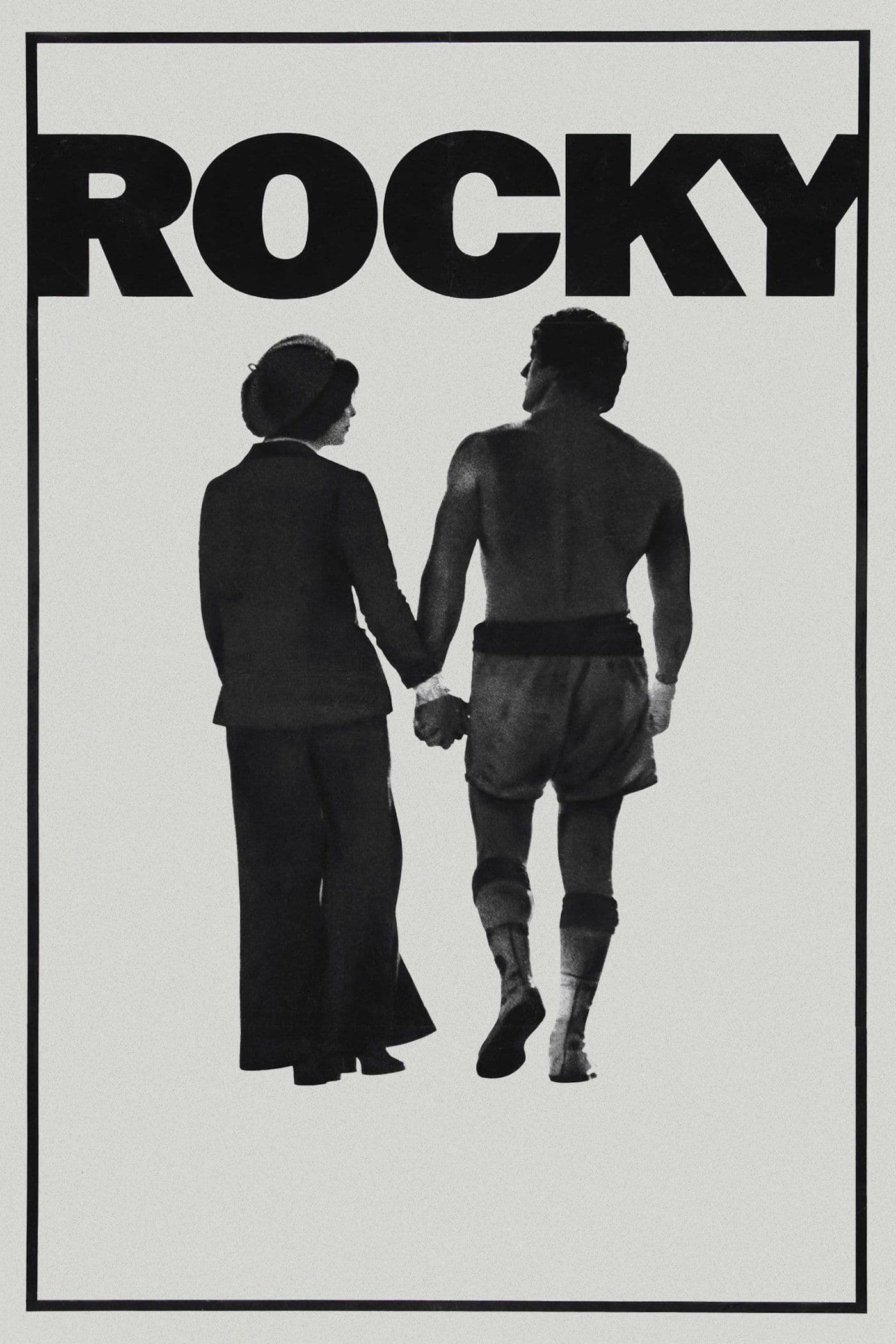
Rocky
1976
Rate this movie
Average: 4.00 / 5
(1 votes)
Director
A film of redemption, a catharsis through sport, this is what the pairing of Avildsen and Stallone conceived and brought to the screen in the mid-70s. That era was a time when America, tested by Vietnam, rocked by the Watergate scandal, and afflicted by a limping economy, was a country searching for a balm for its soul, for a narrative that would restore faith in the individual and in the American dream, albeit in a less glittering and more earthly guise. In this context of disillusionment and the need for everyday heroes, “Rocky” emerged as an unexpected beacon, an ode to perseverance and dignity in the face of adversity.
The credit for the operation is certainly due to Stallone's tenacity; having written the story and screenplay years earlier, he had to wait almost ten years before his story could be brought to the big screen. A troubled, almost biblical gestation, which fueled the legend of a young, almost indigent actor, with a meager bank account and a dog to feed, who refused repeated offers for his screenplay, determined to play that unlucky boxer himself. An almost messianic stubbornness, which mirrored the tenacity of his character, Rocky Balboa, a peripheral "palooka," an honest fighter whom no one would have ever bet could go so far. This refusal to sell the rights without his own participation was not just an act of professional audacity, but a profound act of faith in his own vision, a parallel between the author's battle and that of his hero.
A work that focuses its inquiry on the portrait of a man from the Philadelphia slums, a marginalized immigrant with economic problems, who, thanks to his athletic talent, manages to free himself from his miserable circumstances and become a point of reference for his community. Rocky is not the stereotypical, muscular, and invincible boxer; he is a complex character, at times pathetic, an anti-hero who embodies the grit and fragility of the American working class of the 1970s. His vulnerability makes him more accessible, more "real." It is not athletic perfection that defines him, but his unstoppable, almost irrational, thirst for self-esteem and recognition. His story resonates with the melancholy of Italian neorealism, while projecting into the American myth of opportunity, offering a raw but hopeful vision of a city and its often-forgotten inhabitants.
Many scenes are memorable in this film, from the exhausting and captivating heavyweight world title fight against Apollo Creed, to Rocky's training sessions with sides of beef, but perhaps the scene that most struck the audience was when, during a jogging session, Rocky frantically ascended the steps of the Philadelphia Art Museum and, raising his arms to the sky, facing the city, shouted with all the rage he had inside him. The training in the meat locker, with the sides of beef serving as punching bags, is an image of primordial brutality and naive determination, almost a pagan rite of athletic initiation. But the ascent of the Philadelphia Art Museum steps transcends mere physical preparation; it is an epiphany, a moment of spiritual liberation and affirmation. That act, which became a cultural icon replicated by tourists from all over, symbolizes the individual's ability to rise above their circumstances, a cry of defiance and victory against life's inertia, an almost pictorial representation of the will to achieve the unachievable.
It is clear that Stallone is sending this message to the film industry, expressing his immense pride for having finally realized his creation despite all the rejections he received. The film itself is a metaphor for Stallone's career: an outsider who, against all odds and despite the cynicism of the system, manages to assert himself with the strength of his vision and his tenacity. "Rocky" is not only the triumph of a character, but also that of an author who believed in his voice, inaugurating a new era of "underdog stories" and redefining the figure of the cinematic hero, no longer untouchable and omnipotent, but imperfect and profoundly human.
But Rocky is not only a work with sociological implications, but also, and above all, a great sports film, where boxing, for the first time, was spectacularized with a directorial technique never seen before. Director John G. Avildsen, with a limited budget and tight deadlines, created boxing sequences of surprising visceral quality for the time. Thanks to an almost direct-capture use of the camera, with fluid movements very close to faces and bodies, Rocky's fights take on the dramatic intensity of a titanic event where the hero is laid bare, and his struggle becomes the struggle of those watching him. The camera, in an early adoption of techniques that would later become common (such as the pioneering use of the Steadicam in some, though not all, sequences), moved inside the ring, not as a mere external observer, but as an integral part of the action, making us feel every punch, every labored breath. It was no longer just a physical clash, but a psychological duel, a brutal ballet in which the souls of the contenders were revealed blow by blow. The sound design, with the amplification of the sounds of the gloves and breaths, contributed to immersing the viewer in a complete, almost synesthetic, sensory experience.
Ultimately, a film that had the merit of imbuing the Seventh Art with the feeling that sport can be experienced as a spectacular ceremony, as a wonderful liturgy where man is almost exhorted to overcome his own limits and transcend his condition. The climax is not victory, but Rocky's ability to stay on his feet, to fight until the last round, earning not so much the title as self-respect and the love of his Adrian. This is the true catharsis: the discovery of one's own intrinsic worth, beyond the immediate result. "Rocky" elevated the sports genre, transforming it from a mere chronicle of competitions into a profound inquiry into the tenacity of the human spirit, the importance of dignity, and resilience. Its cultural impact was immense and lasting, cementing the myth of the underdog and demonstrating that, sometimes, true triumph lies not in winning, but in never giving up.
Main Actors
Genres
Country
Gallery

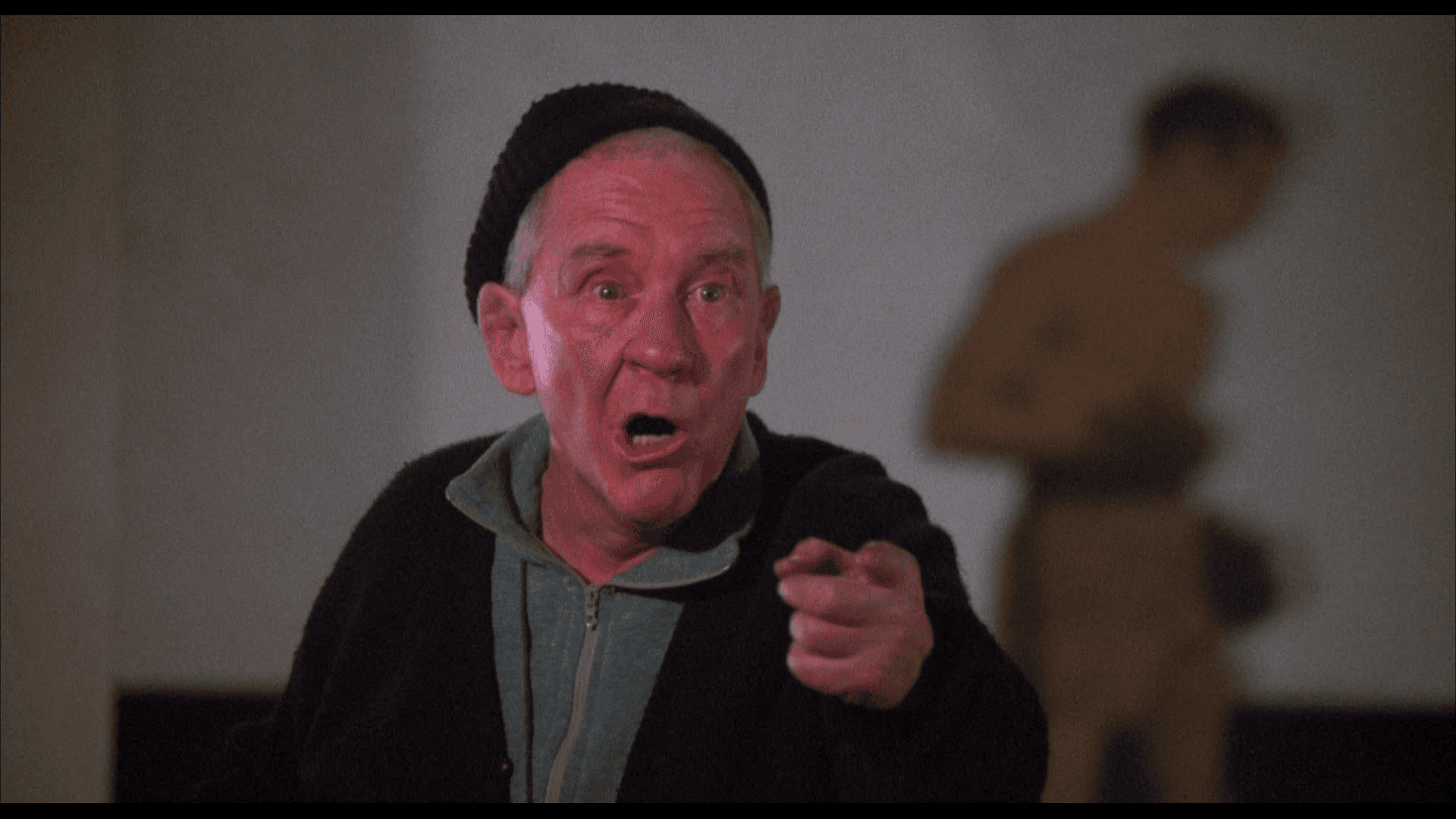
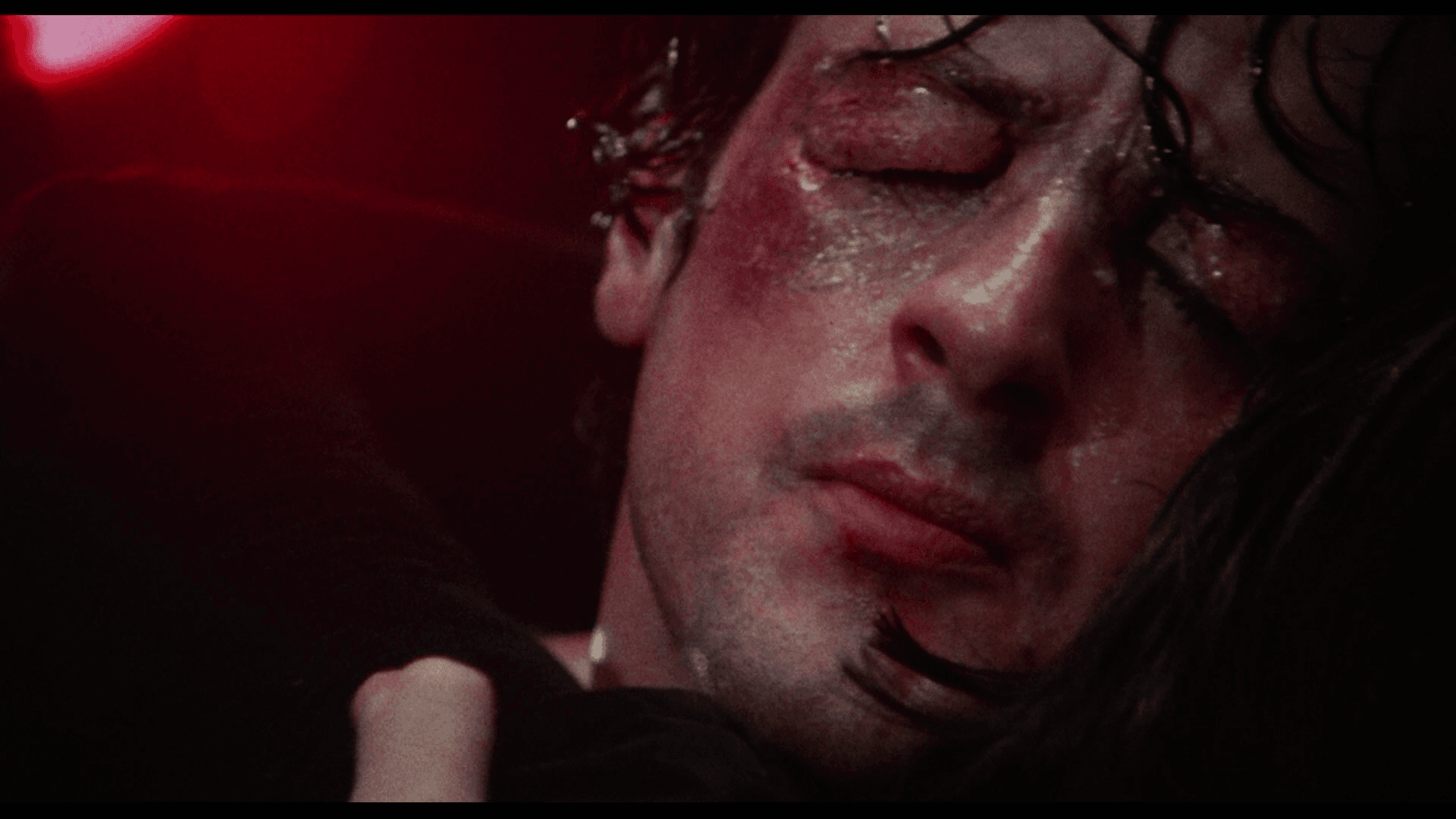
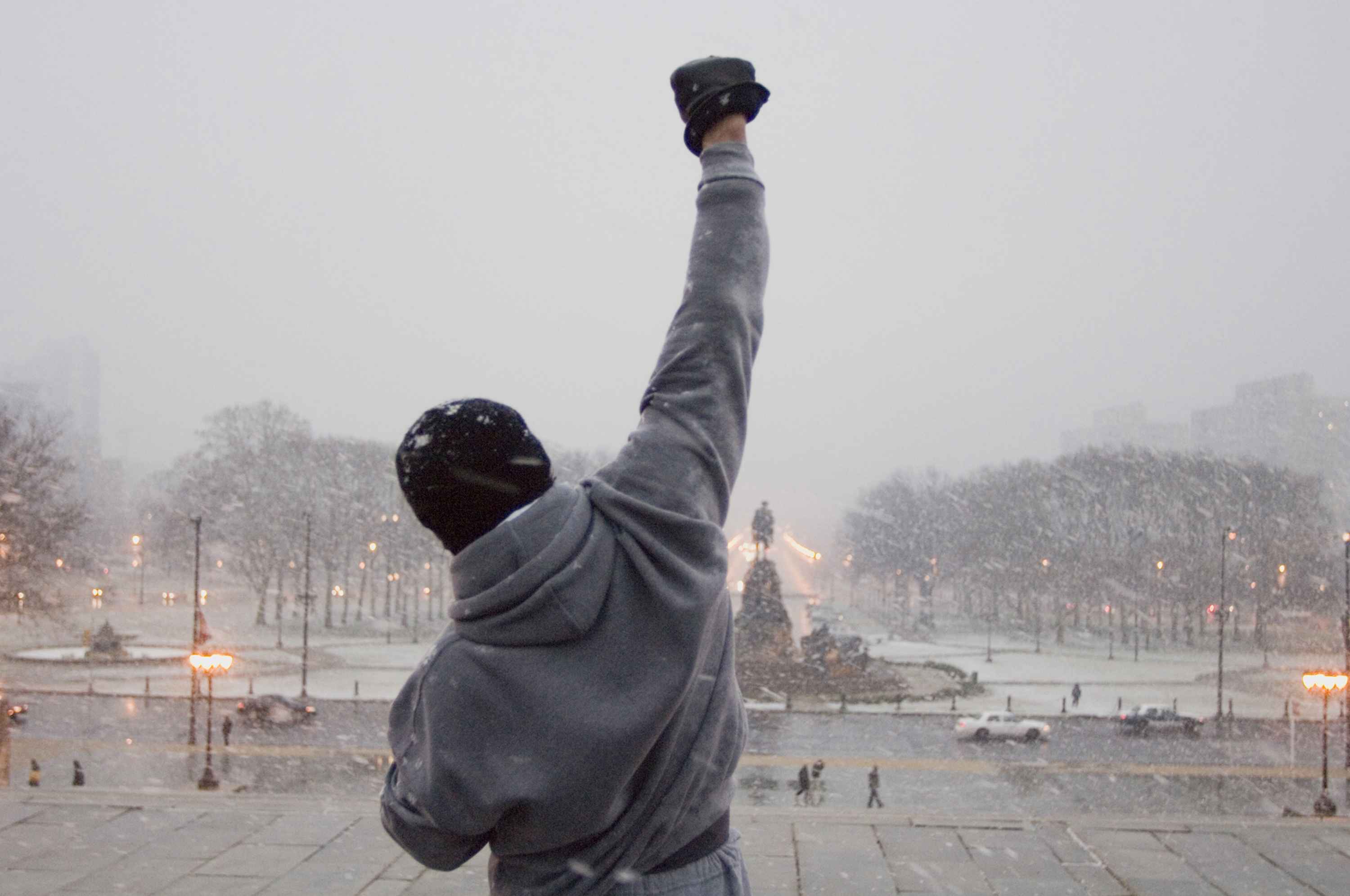
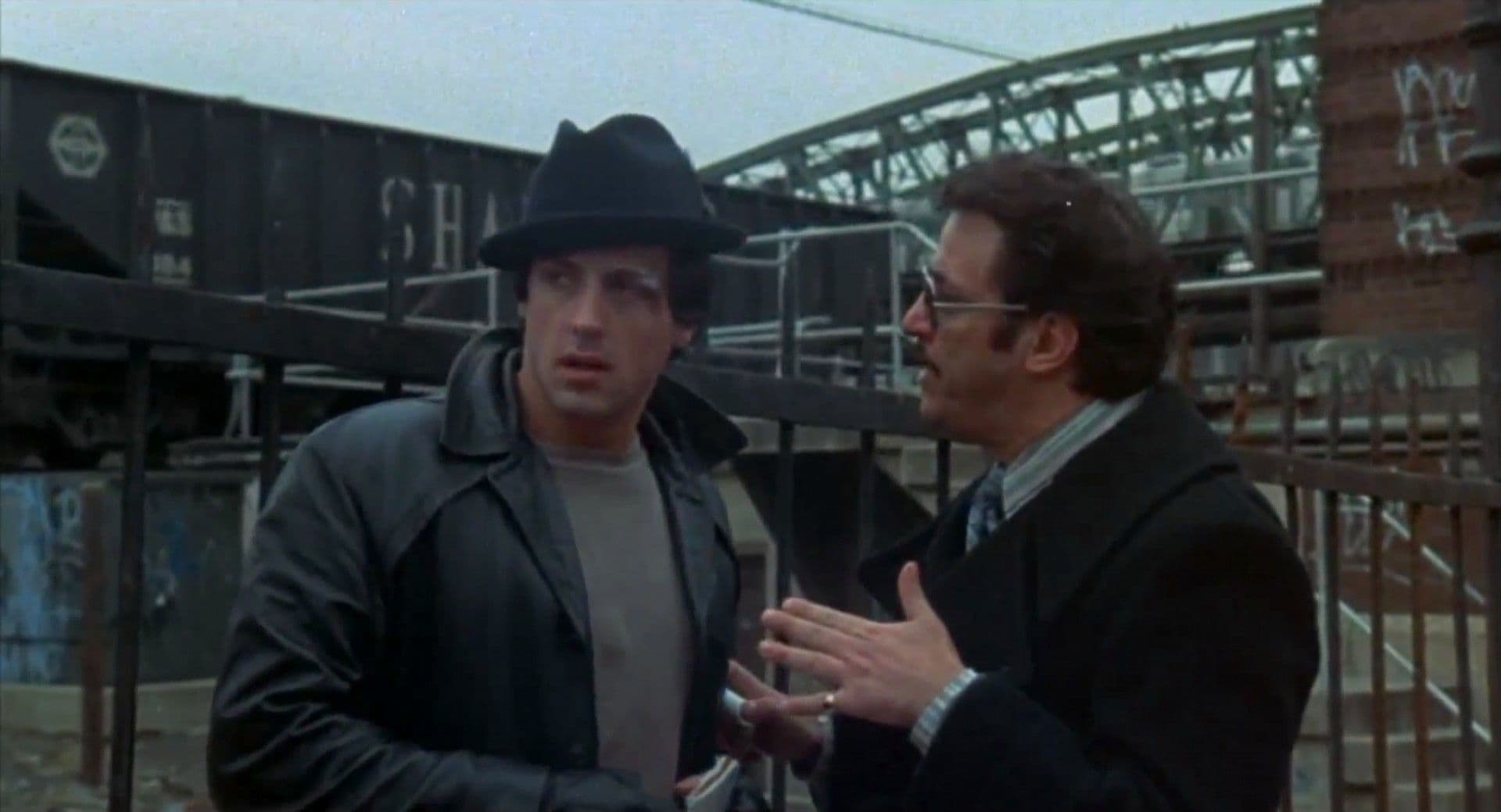
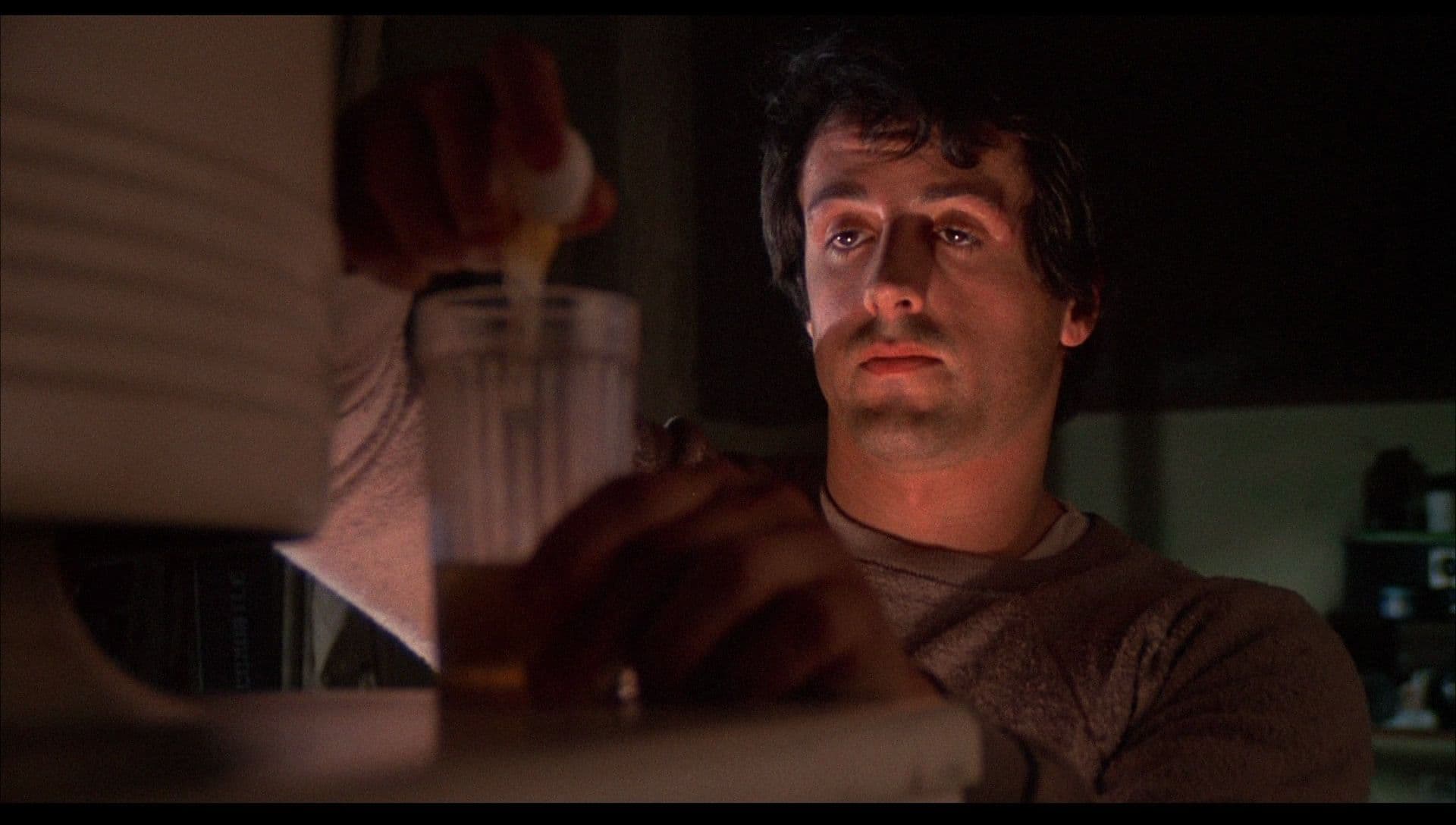
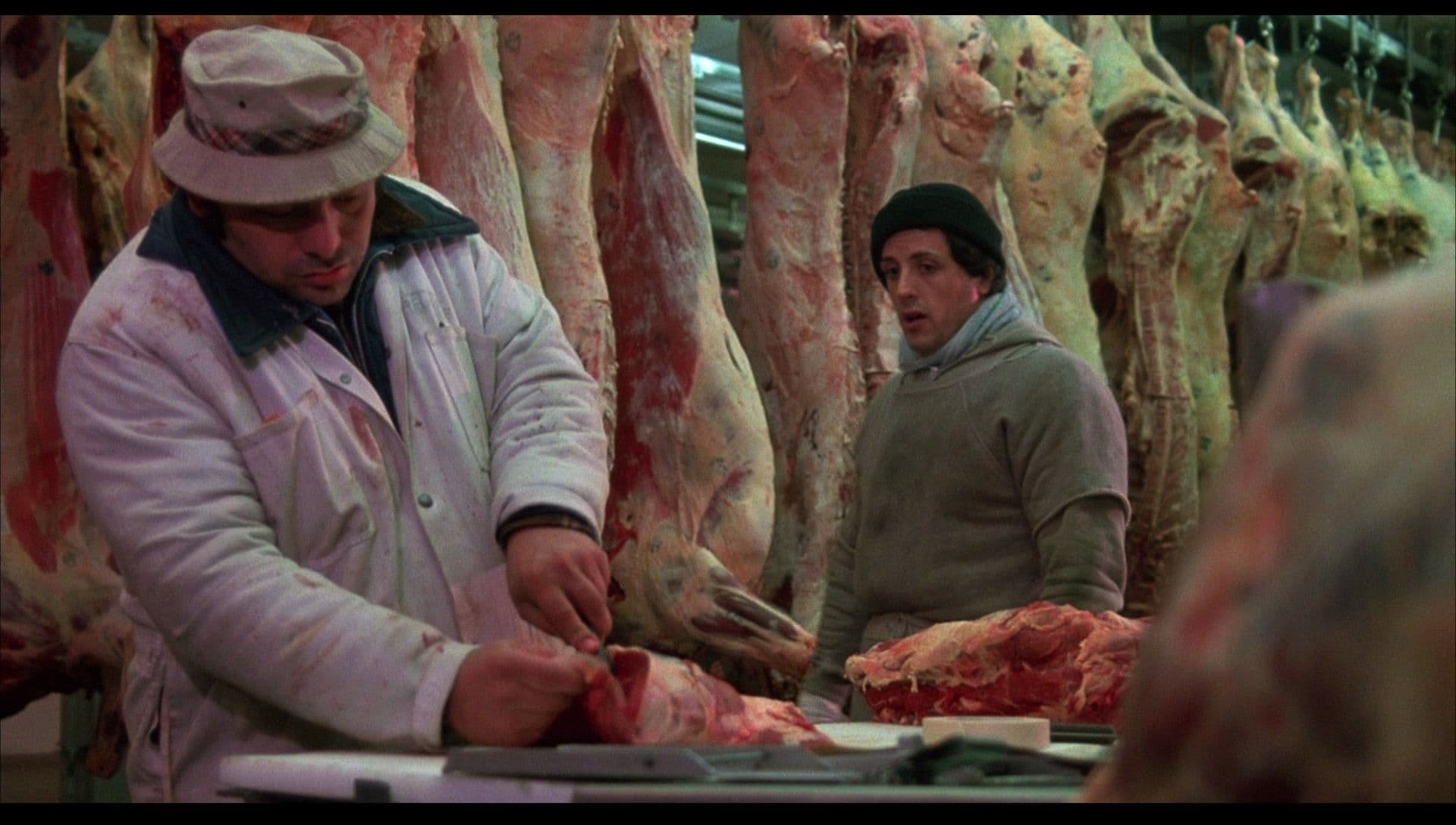

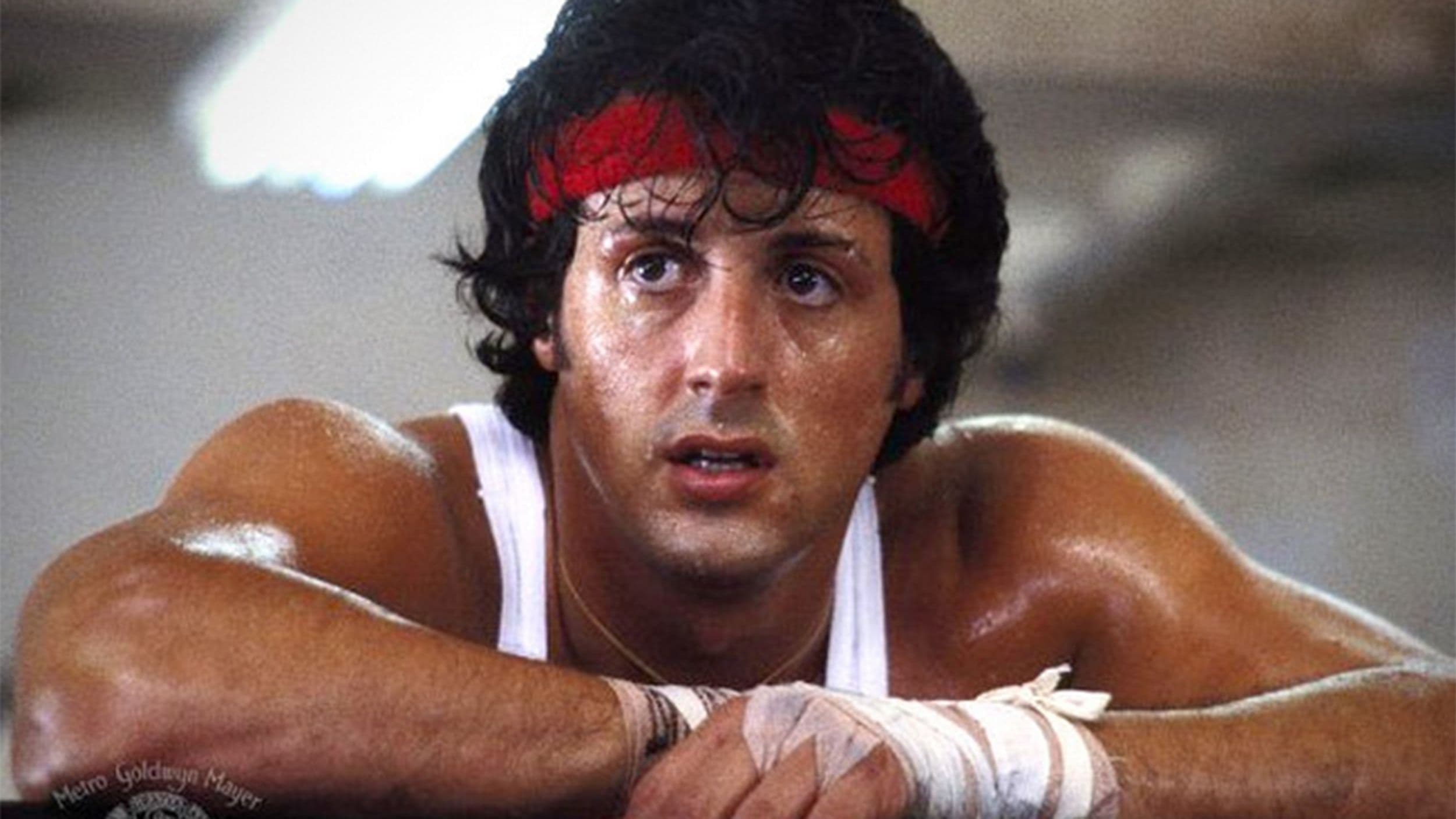
Comments
Loading comments...